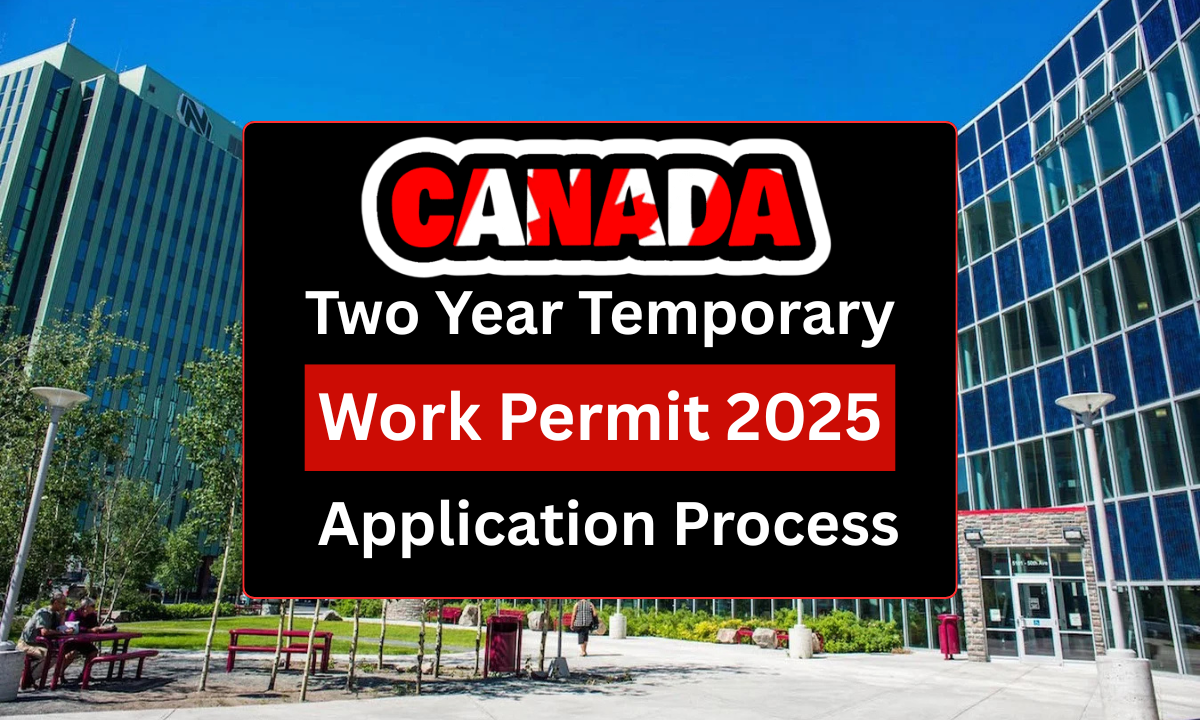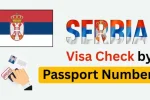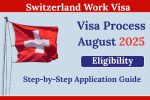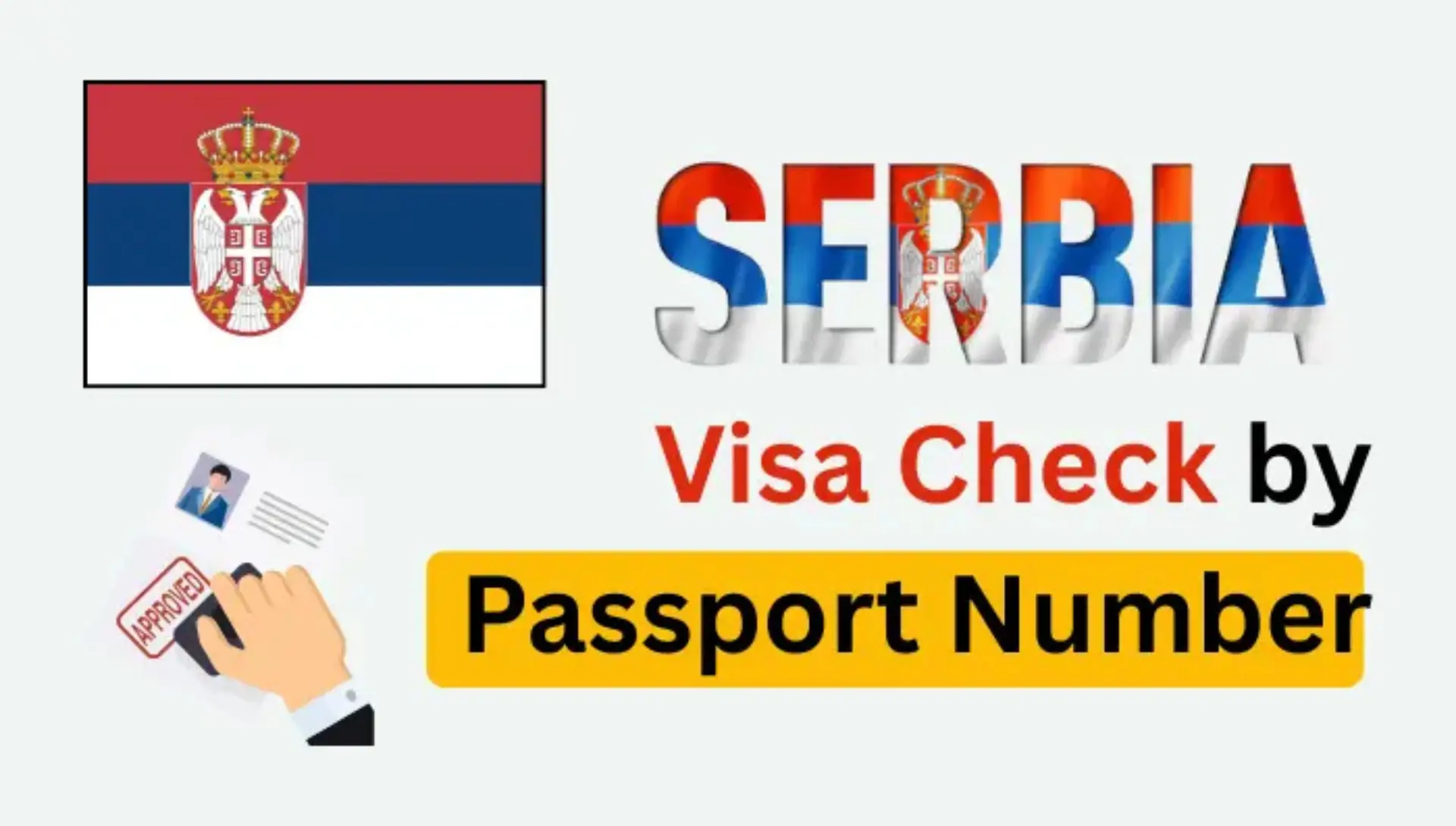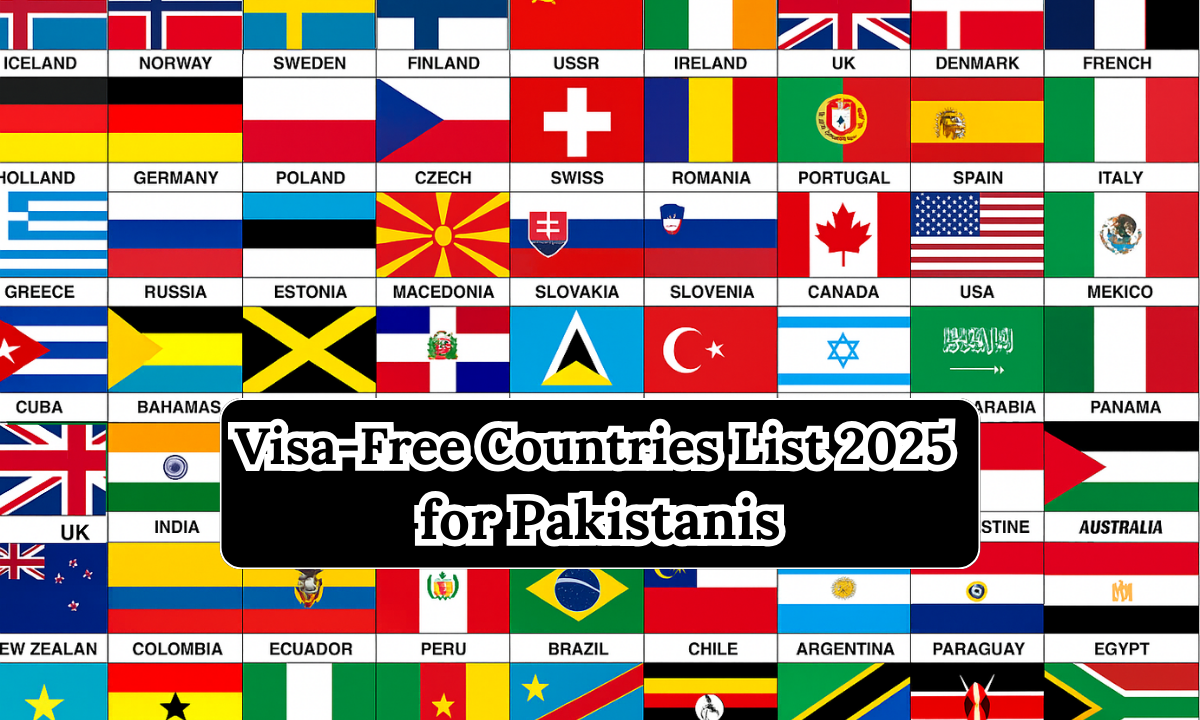Canada continues to attract skilled professionals and young travelers seeking work opportunities, career growth, and international experience. With a strong economy, progressive labor policies, and welcoming immigration programs, Canada offers multiple pathways for temporary work. By 2025, certain work permits can be valid for up to two years, providing flexibility for foreign nationals who want to gain Canadian work experience.
This article explains everything about the Canada 2-Year Temporary Work Permit 2025, including eligible permit types, requirements, step-by-step application procedures, processing times, and practical tips to maximize approval chances.
What is a 2-Year Temporary Work Permit in Canada?
A Canada temporary work permit allows foreign nationals to work legally in Canada for a specific period. While not all work permits last exactly two years, several categories can be issued for up to 24 months, depending on eligibility, program type, and employer requirements.
Some common categories include:
- International Experience Canada (IEC) – Working Holiday: Short-term work permits for young travelers from participating countries.
- Post-Graduation Work Permit (PGWP): For recent graduates from eligible Canadian institutions. Duration varies based on program length.
- Employer-specific Work Permit: Issued for the period specified by a Canadian employer, often supported by a Labor Market Impact Assessment (LMIA).
- Open Work Permit: Granted to spouses/partners of eligible workers or students, or under specific public policies, valid for up to two years in some cases.
Who is Eligible for a 2-Year Work Permit?
Eligibility depends on the specific program:
- IEC – Working Holiday
- Must be a citizen of a participating country.
- Age usually 18–35.
- Must meet medical and financial requirements.
- Post-Graduation Work Permit (PGWP)
- Completed an eligible program at a Designated Learning Institution (DLI).
- Applied within 180 days of program completion.
- Maintained required study status. Duration depends on program length.
- Employer-specific Work Permit (LMIA or Employer Offer)
- Must have a valid Canadian job offer.
- Employer may need to submit an LMIA.
- Must pass medical and security checks.
- Open Work Permits (Spouses/Public Policies)
- Eligibility depends on the status of the principal applicant or temporary public policy.
- Rules for spouses and open permits were updated in 2024–2025, so check current guidance.
Required Documents for Canada 2-Year Work Permit
Before applying, ensure you have the following:
- Valid passport (recommended with at least 6 months remaining).
- Job offer letter or LMIA decision (for employer-specific permits).
- Proof of funds (for IEC or initial entry).
- Education credentials and transcripts (for PGWP).
- Police certificates and medical exam (if required).
- Biometrics receipt (IRCC often requires biometrics).
Make sure all documents are complete, accurate, and translated into English or French if needed.
Step-by-Step Application Process (2025)
Applying from Outside Canada
- Check Permit Type: Determine if you need an open or employer-specific permit.
- Gather Documents: Complete the correct application form (IMM 1295 for most outside-Canada applications).
- Pay Fees & Submit: Submit online via the IRCC portal.
- Provide Biometrics: Visit a Visa Application Centre for fingerprints and photos.
- Wait for Decision: If approved, you’ll receive instructions for visa issuance and Port of Entry (POE) procedures.
Applying from Inside Canada
- Online Application: Most initial permits must be applied for online.
- Supporting Evidence: Follow IRCC instructions carefully; certain extensions may require additional documentation.
Processing Times & Common Delays (2025)
- Varies by permit type: IEC, PGWP, LMIA-based, or open permits.
- Typical range: 2–6 months, depending on application country and IRCC workload.
- Fast-track streams: Some high-skilled programs (e.g., Global Skills Strategy) may be processed in ~2 weeks.
- Tip: Submit all documents and biometrics early to avoid delays.
Practical Tips to Maximize Approval Chances
- Submit a complete application with all required documents.
- Provide honest and consistent information about your employment and travel history.
- Use the correct fee payment and form (IMM 1295 if outside Canada).
- Keep copies of all submissions and receipts.
- For employer-specific permits, ensure the employer is compliant with LMIA and other regulations.
Where to Get Official Help
- IRCC official pages: Work in Canada, How to apply for a work permit, IEC, and PGWP guides.
- Service Canada: For LMIA processing and employer obligations.
- Immigration consultant or lawyer: If your case is complex, a regulated professional can provide guidance.
FAQs
Q1: Can all work permits last for 2 years?
No, only certain permits like IEC Working Holiday, some PGWPs, employer-specific permits, and some open permits may be valid for up to 2 years.
Q2: Can I switch employers with a 2-year work permit?
Employer-specific permits usually bind you to one employer for the permit duration. Changing jobs requires a new work permit application.
Q3: How long does the 2-year work permit application take?
Processing ranges from 2–6 months depending on permit type, country, and IRCC workload.
Q4: Can my spouse or children come with me?
Yes, certain open permits allow spouses and children under 21 to accompany you. Spouses may be eligible to work.
Summary
Canada’s 2-year temporary work permit in 2025 provides flexible options for international workers, graduates, and young travelers. Following the right application steps, submitting accurate documents, and complying with program rules is essential. Whether for career growth, gaining Canadian work experience, or

